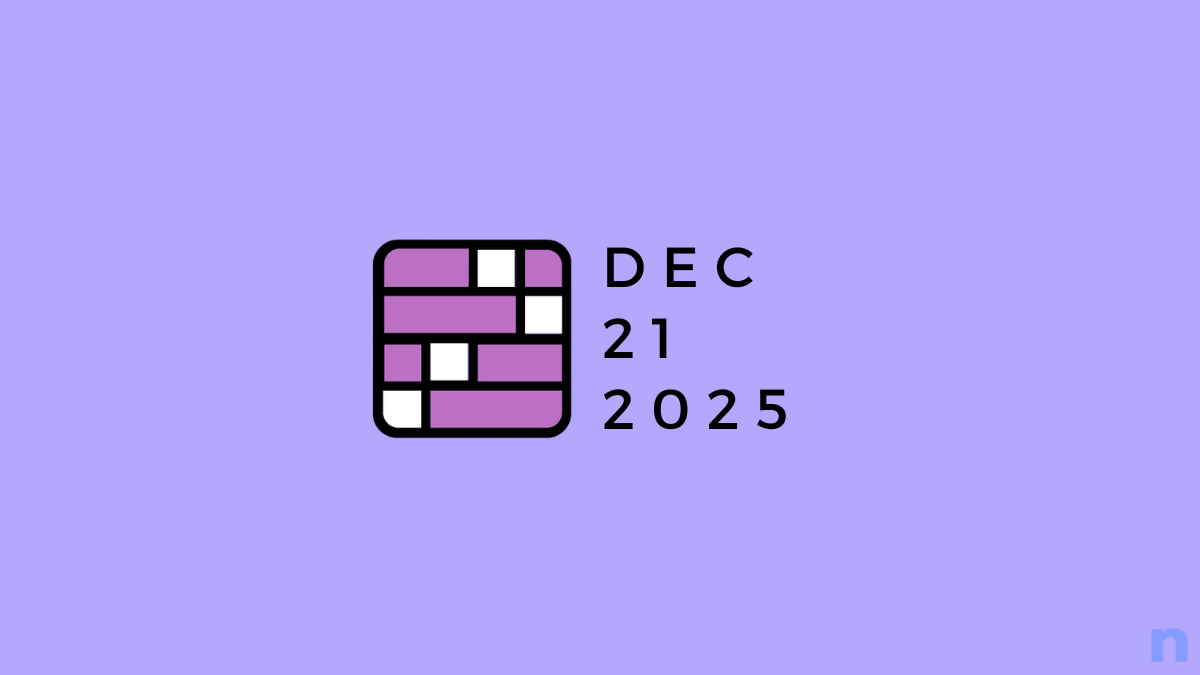A new firmware for Galaxy S2, jpki1, just got released and while it’s not alone — there is another firmware called zcki2 — it’s still a good thing for those living in Arab nations since this one is specifically for them. So, hopefully you’ll have Arabic fonts, Arabic keyboard, Arabic languages, etc. already quite pre-installed in jpki1. If you’re installing this ROM for Arabic fonts, keyboard, etc let us know too whether it has them or not.
Even though S2’s predecessor phone, Galaxy S, has got an Android 2.3.5 based firmware leaked for it, the S2 is yet to get its share of Android 2.3.5 love. Yes, this means that jpki1 is based off Android 2.3.4, which isn’t a bad thing anyway, because hell lot of expensive android phones are still in line to taste the v2.3.4 of android OS. So, hats off to Samsung for outing the latest android builds sooner to its users.
only Warning: Warranty may be void of your device if you follow the procedures given on this page. You only are responsible for your device. We won�t be liable if any damage occurs to your device and/or its components.Pre-Installation thoughts:
- Backup your Apps and important data — bookmarks, contacts, SMS, APNs (internet settings), etc. This Android backup guide would help you.
- Drivers! — it’s important you’ve the proper drivers installed. Download links below:
- If you have Samsung’s PC software Kies installed, un-install it first because it may interrupt the flashing process. If you’ve installed it for sake of drivers which otherwise weren’t working, make sure you exit the Kies completely before beginning the procedure below.
How To Install jpki1 on Galaxy S2 i9100 (for experienced users)
Well, it’s pretty easy if you’ve already had fun flashing using Odin a decent number of times. Download jpki1 (password: samfirmware.com) and install it using Odin 1.85 included in the firmware package itself. Put the *CODE* file in PDA tab, *Modem* file in Phone tab and *multi CSC* file in CSC tab. There is no .pit file here, so PIT Tab in odin will be blank and keep Re-Partition button un-ticked too. Hit Start!
If you didn’t get what was said above, don’t worry one bit, a guide for you is just below.
Step-By-Step Guide to Install jpki1
If this is your first time, you may want to see a video of out how a firmware is flashed using Odin software on a Windows PC. Well, the video given below is all you need. It shows installing the KG1 firmware on S2 and the procedure is very similar for KG6. If you like, you can watch the video first to see how it’s done and then do the actual flashing following the guide given below which is more than enough on its own too.
- Download the Android 2.3.4 Firmware – jpki1. Filename: I9100JPKI1.rar. Size: 297 MB. Download Link. [Password: samfirmware.com]
- Extract the downloaded file ‘I9100JPKI1.rar’ to get these 4 files:
- APBOOT_I9100JPKI1_CL566704_REV02_user_low_ship.tar.md5
- CODE_I9100JPKI1_CL566704_REV02_user_low_ship.tar.md5
- GT-I9100-MULTI-CSC-OJPKI1.tar.md5
- MODEM_I9100XXKI1_REV_02_CL1058311.tar.md5
- Download Odin3_v1.85.zip and then extract it to get these two required files – Odin3 v1.85.exe and Odin3.ini. Do NOT delete the .ini file since it’s required too. When asked in step 6 below, open Odin by double clicking on the Odin3 v1.85.exe file.
- Disconnect your phone if it’s connected to PC. Switch Off your phone. Wait 5-6 seconds for vibration to confirm complete switch off.
- Now, put the Galaxy S2 in Download Mode — press and hold these keys together: Volume_DOWN+Home+Power. This is required to install the jpki1 using Odin PC Software.
- Open Odin (from step 3) — Odin3 v1.85.exe. Admin privileges would be required!
- Connect your phone to PC now. You should get the message “Added! !” under the Odin’s message box in the bottom left. If you don’t get this message, than probably there is a problem with drivers. Make sure you’ve the drivers installed — if not, use the link(s) given above in the pre-installation thoughts heading above. If you still don’t get ‘Added’ message, try another USB port, or restart PC. You can also try installing the Kies software as a last resort, this should fix it.
- Select these files in Odin at respective tabs:
- Click the PDA Tab, and select CODE_I9100JPKI1_CL566704_REV02_user_low_ship.tar.md5 (from step 2.2)
- Click the Phone Tab, and select MODEM_I9100XXKI1_REV_02_CL1058311.tar.md5 (from step 2.4)
- Click the CSC Tab, and select GT-I9100-MULTI-CSC-OJPKI1.tar.md5 (from step 2.3)
- Click the Bootloader Tab, and select APBOOT_I9100JPKI1_CL566704_REV02_user_low_ship.tar.md5 (from step 2.1)
- Important! Make sure these 2 checkboxes are ticked: Auto Reboot and F. Reset Time. Since we’re NOT using any .pit file, Re-Partition checkbox needs to be UN-TICKED!
- Double check everything said in step 8 and 9 above.
- Now, hit the START button to begin the flashing process. When it finishes, your phone will automatically reboot — and you can unplug the cable then. Plus, you’ll get a PASS (with green background) message in the left-most box at the very top of the Odin. If it’s red and with FAIL written over it, the process flashing process wasn’t successful. Try again, and take care to complete the whole process without any break whatsoever.
- When the phone restarts, it will be running the latest Android OS, v2.3.4 with Samsung’s custom UI TouchWiz 4 atop it. Check out your phone’s android version here -> Settings → About Phone. The build number would be GINGEBREAD.JPKI1
- (Optional, of course) If you found this guide useful, share it with others too on webpages, forums, your Facebook/twitter/Google+ pages, etc. That would be helping us grow too!
That’s it. Follow our free email subscription service to get the daily free email alerts about new phones, firmwares and apps, etc. Locate the subscription box below.
For those interested, this is the log of flash process of jpki1:
<ID:0/003> Added!!
<OSM> Enter CS for MD5..
<OSM> Check MD5.. Do not unplug the cable..
<OSM> Please wait..
<OSM> APBOOT_I9100JPKI1_CL566704_REV02_user_low_ship.tar.md5 is valid.
<OSM> CODE_I9100JPKI1_CL566704_REV02_user_low_ship.tar.md5 is valid.
<OSM> MODEM_I9100XXKI1_REV_02_CL1058311.tar.md5 is valid.
<OSM> GT-I9100-MULTI-CSC-OJPKI1.tar.md5 is valid.
<OSM> Checking MD5 finished Sucessfully..
<OSM> Leave CS..
<ID:0/003> Odin v.3 engine (ID:3)..
<ID:0/003> File analysis..
<ID:0/003> SetupConnection..
<ID:0/003> Initialzation..
<ID:0/003> Get PIT for mapping..
<ID:0/003> Firmware update start..
<ID:0/003> boot.bin
<ID:0/003> NAND Write Start!!
<ID:0/003> Sbl.bin
<ID:0/003> param.lfs
<ID:0/003> boot.bin
<ID:0/003> Sbl.bin
<ID:0/003> param.lfs
<ID:0/003> zImage
<ID:0/003> factoryfs.img
<ID:0/003> data.img
<ID:0/003> hidden.img
<ID:0/003> cache.img
<ID:0/003> modem.bin
<ID:0/003> Transmission Complete..
<ID:0/003> Now Writing.. Please wait about 2 minutes
<ID:0/003> Receive Response form LOKE
<ID:0/003> cache.img
<ID:0/003> hidden.img
<ID:0/003> RQT_CLOSE !!
<ID:0/003> RES OK !!
<ID:0/003> Completed..
<OSM> All threads completed. (succeed 1 / failed 0)
<ID:0/003> Removed!!
Let us know in comments what you want all of us to know in comments below.












Discussion